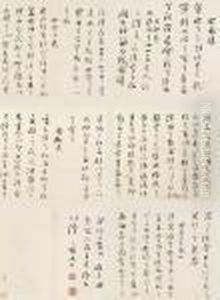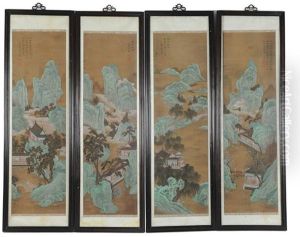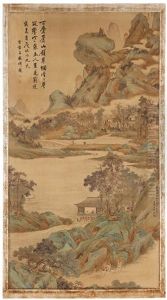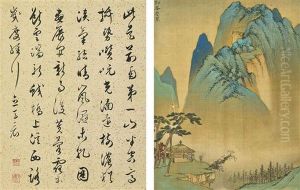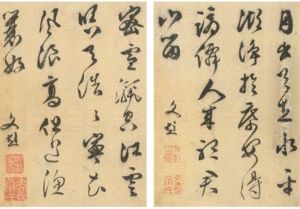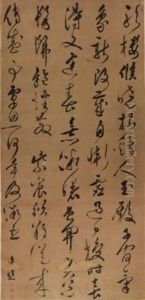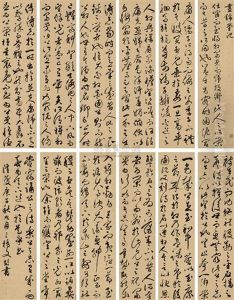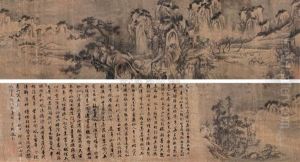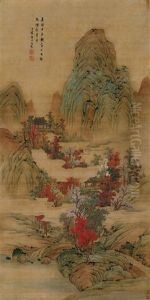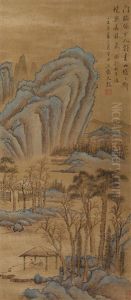Wen Peng Paintings
Wen Peng was a renowned Chinese artist, calligrapher, and art connoisseur during the Ming Dynasty, born in 1498 in Xiushui, Jiangxi Province. He hailed from a family with a rich cultural heritage; his grandfather Wen Lin and his father, Wen Zhengming, were also prominent figures in the Chinese literati circles. This environment provided him with a profound education in classical literature, painting, and calligraphy from an early age.
Wen Peng's artistic style was deeply influenced by his father, but he also developed a distinctive approach. His calligraphy was known for its elegance and vigorous brushwork, which he adeptly applied to his scholarly pursuits and artworks. He was proficient in various scripts, including regular, running, and cursive, but was particularly admired for his regular script.
In painting, Wen Peng specialized in landscapes and plum blossoms. His landscapes often reflected the orthodox styles of the Yuan masters, which he reinterpreted with his own creative insights. His representations of plum blossoms were celebrated for their vitality and poise. His works are characterized by a refined use of ink and an emphasis on the expression of personal sentiment, in line with the literati ideals of his time.
Wen Peng's contributions to the art world were not limited to his own creations. He was also an avid collector and connoisseur of ancient paintings and calligraphy, and his expertise in these areas significantly influenced his contemporaries and later generations of artists and collectors. His knowledge and discerning eye led him to write critiques, and he compiled several catalogues that documented important art collections of the period.
Despite his achievements, Wen Peng's life was not without its challenges. He experienced personal losses and lived through the political and social upheavals of his time, which are occasionally reflected in the themes and moods of his artwork. Wen Peng passed away in 1573, leaving behind a legacy that would influence Chinese art for centuries. His works are still studied and revered today, and they continue to be a testament to the profound cultural achievements of the Ming Dynasty's literati.

